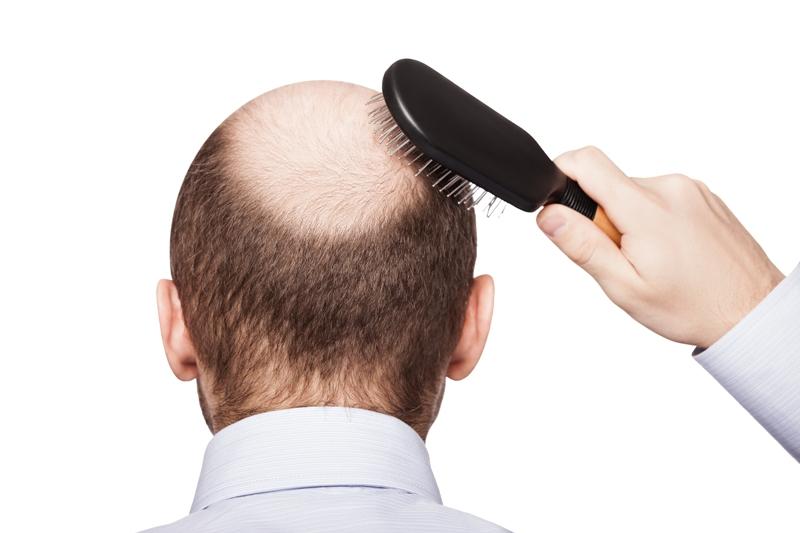
In the treatment of mild-to-moderate patchy alopecia areata (AA), microneedle transdermal delivery of compound betamethasone exhibits similar efficacy as the traditional intralesional injection and a significant reduction in pain, according to a study.
This randomized controlled trial compared the efficacy and pain levels of microneedle transdermal delivery of compound betamethasone with traditional intralesional injection in 80 AA patients with a Severity of Alopecia Tool (SALT) score <50.
The two groups received monthly compound betamethasone injections: group A via intralesional injections and group B via transdermal microneedle delivery. Reduction in SALT score after 3 months was the primary outcome.
The baseline SALT scores did not significantly differ between groups A and B (9.25 vs 10.65). The mean SALT decrease after 3 months was 7.000 in group A and 8.075 in group B, showing no statistically significant difference. Remission rates for SALT30/50/75/90 were 92.50/90.00/57.50/42.50 percent in group A and 95.00/87.50/72.50/40 percent in group B, exhibiting no significant difference.
However, patients treated via transdermal microneedle delivery reported a markedly lower visual analogue scale pain score than those treated via intralesional injections (4.000 vs 5.281; p=0.0047).
This study was limited by its focus on mild-to-moderate patchy AA only.
"AA places a considerable burden on patients,” the authors said. “While intralesional glucocorticoid injection is an important therapy, it can cause severe pain.”